How to maintain and test explosion-proof LED fixtures?
Industrial facilities operating in hazardous environments face a critical challenge: ensuring LED Explosion Proof Light fixtures maintain optimal performance while preventing catastrophic failures. When explosive gases, vapors, or dust particles threaten safety, proper maintenance and testing protocols become the difference between operational excellence and potential disaster. This comprehensive guide addresses the essential maintenance strategies and testing procedures that keep your explosion-proof lighting systems functioning reliably in even the most demanding industrial conditions.

Essential Maintenance Protocols for LED Explosion Proof Light Systems
Visual Inspection and Enclosure Assessment
Regular visual inspection forms the cornerstone of explosion-proof LED maintenance. Explosion Proof Luminaire enclosures require monthly examination to identify potential compromise points that could breach safety barriers. Look for cracks, corrosion, or physical damage to the housing materials, particularly around joints and seals. The die-cast ADC12 aluminum housing used in quality fixtures provides excellent durability, but environmental factors can still cause deterioration over time. Check for loose mounting hardware, damaged conduit connections, and any signs of moisture ingress that could compromise the IP68 rating. Pay special attention to the tempered glass lens, ensuring 95% light transmission remains unobstructed by debris or damage.
Seal and Gasket Integrity Verification
Maintaining proper seals represents the most critical aspect of explosion-proof LED maintenance. These components undergo rigorous testing cycles, alternating between extreme temperatures from -65°C to 150°C over 28-day periods, but field conditions can accelerate wear. Inspect all gaskets quarterly for signs of hardening, cracking, or compression set that could allow gas penetration. The powder-coated surface treatment helps resist salt and chemical corrosion, but seals remain vulnerable points. Replace any questionable seals immediately, as compromised barriers eliminate explosion protection. Document seal replacement dates and maintain spare gasket inventory for critical fixtures to minimize downtime during maintenance procedures.
Thermal Management and Heat Dissipation Monitoring
Effective thermal management ensures both safety and longevity in LED Explosion Proof Light systems. Monitor operating temperatures regularly, particularly around the 2.0mm aluminum PCB with 2.5 heat index rating. Excessive heat buildup can compromise LED performance and potentially create ignition sources. Clean heat dissipation fins monthly to remove accumulated dust and debris that impede airflow. The high-efficacy 700mA LED chips generate significant heat that requires proper management to maintain safe surface temperatures below ignition thresholds. Thermal imaging cameras provide excellent tools for identifying hot spots and thermal irregularities during routine maintenance inspections.
Electrical Connection and Driver Inspection
MEANWELL HLG series drivers represent the highest quality components but require periodic inspection to maintain optimal performance. Check all electrical connections quarterly for tightness, corrosion, or overheating signs. Measure input and output voltages to verify proper driver operation within specifications. The 0-10V and DALI dimming systems require additional attention to control signal integrity and proper termination. Examine wiring conduits for proper sealing and strain relief to prevent moisture ingress or mechanical stress on connections. Document electrical measurements during each inspection to track performance trends and identify developing issues before failures occur.
Comprehensive Testing Procedures for Explosion Proof Luminaire Safety
Pressure and Containment Testing Protocols
| Test Type | Frequency | Acceptance Criteria | Documentation Required |
|---|---|---|---|
| Pressure Vessel Test | Annual | Contain 4x normal pressure | Test certificate, pressure readings |
| Flame Path Verification | Annual | Meet UL 844 standards | Measurement records, compliance cert |
| Thermal Cycling Test | Bi-annual | Maintain integrity -30°C to 50°C | Temperature logs, visual inspection |
| Vibration Resistance | Annual | No loosening after 2G forces | Torque measurements, visual check |
Pressure testing validates the explosion-proof enclosure's ability to contain internal explosions without external propagation. This critical safety verification requires specialized equipment and trained personnel. Test procedures follow UL 844 certification requirements, subjecting fixtures to pressures four times normal operating levels. Document all pressure readings and visual inspections for regulatory compliance. The ADC12 aluminum housing with patent design provides exceptional strength, but annual verification ensures continued protection capability throughout the fixture's service life.
Photometric and Performance Evaluation
Photometric testing ensures LED Explosion Proof Light fixtures maintain specified illumination levels throughout their operational life. Use integrating sphere equipment to measure total luminous output, comparing results against initial commissioning data. The Original Bridgelux LED source provides high luminous efficacy with extended lifespan, but performance degradation occurs over time. Monitor color temperature stability, particularly in fixtures operating near the 50°C upper temperature limit. Beam angle measurements verify optical reflector performance and anti-glare characteristics remain within design parameters. Schedule photometric testing annually for critical applications and bi-annually for general lighting installations.
Electrical Safety and Isolation Testing
Comprehensive electrical testing validates both safety and performance characteristics of explosion-proof LED systems. Insulation resistance testing ensures proper electrical isolation between live circuits and the enclosure, preventing potential ignition sources. Measure earth continuity to verify proper grounding system integrity throughout the installation. Test GFCI and circuit protection devices to ensure proper operation during fault conditions. The ATEX, UL, CUL, DLC, PSE, SAA, C-TICK, CQC, CE, and RoHS certifications require specific testing protocols that must be followed precisely. Document all electrical measurements and maintain records for regulatory compliance and warranty purposes.
Environmental Stress and Aging Validation
Environmental stress testing simulates real-world operating conditions to validate continued explosion-proof performance. Subject fixtures to temperature cycling between operating extremes, monitoring for seal degradation or housing stress. Humidity testing verifies moisture resistance capabilities, particularly important for IP68-rated fixtures in marine environments. Salt spray testing validates corrosion resistance of the powder-coated surface treatment and aluminum construction. UV exposure testing ensures long-term stability of materials and coatings. These aging tests help predict service life and optimize maintenance intervals for specific operating environments and applications.
Advanced Diagnostic Techniques and Quality Assurance
Infrared Thermography and Heat Pattern Analysis
Infrared thermography provides powerful diagnostic capabilities for LED Explosion Proof Light maintenance programs. Regular thermal imaging identifies developing issues before they compromise safety or performance. Hot spots in LED arrays indicate potential failures that could create ignition sources in hazardous environments. The scientific optical reflector design creates specific heat patterns that change when components degrade. Document thermal signatures during commissioning to establish baseline patterns for comparison during routine inspections. Temperature differentials exceeding 10°C from baseline values warrant immediate investigation and potential component replacement.
Vibration Analysis and Mechanical Integrity Assessment
| Component | Measurement Point | Acceptable Range | Action Required |
|---|---|---|---|
| Housing | Mounting Points | <2mm deflection | Tighten hardware |
| LED Array | Junction Temperature | <85°C | Improve cooling |
| Driver Enclosure | Vibration Amplitude | <0.5G RMS | Check damping |
| Optical Assembly | Resonant Frequency | >50Hz | Verify mounting |
Vibration analysis detects mechanical degradation that could compromise explosion-proof integrity. The shock and vibration resistant tempered glass requires periodic assessment to ensure mounting stability. Measure vibration amplitudes at critical mounting points, comparing results against commissioning data. Excessive vibration can loosen critical seals or create mechanical stress points that compromise containment capability. The robust construction design withstands significant mechanical stress, but accumulated fatigue can reduce safety margins over time.
Spectral Analysis and Light Quality Monitoring
Spectral analysis ensures LED Explosion Proof Light fixtures maintain consistent light quality throughout their operational life. Color rendering index (CRI) measurements verify that illumination quality remains suitable for critical visual tasks. Monitor peak wavelength stability to detect LED degradation that affects visibility and safety. The high-efficiency LED chips maintain stable spectral output, but thermal stress can cause wavelength drift over time. Lux measurements at work surfaces ensure adequate illumination levels for safe operations. Document spectral characteristics during commissioning and compare against periodic measurements to track performance degradation patterns.
Predictive Maintenance and Failure Analysis
Implement predictive maintenance strategies using data analytics to optimize LED Explosion Proof Light system reliability. Monitor electrical parameters, thermal patterns, and photometric output to identify performance trends. Statistical analysis of historical data helps predict component failures before they compromise safety. The 3-year or 5-year warranty options reflect expected component life, but actual performance varies with operating conditions. Develop maintenance schedules based on actual field data rather than arbitrary time intervals. This approach maximizes safety while minimizing unnecessary maintenance costs and system downtime in critical applications.
Conclusion
Proper maintenance and testing of LED Explosion Proof Light fixtures requires systematic protocols that address safety, performance, and regulatory compliance. Regular inspection schedules, comprehensive testing procedures, and predictive maintenance strategies ensure reliable operation in hazardous environments while maximizing return on investment through extended service life.
Ready to upgrade your hazardous area lighting with industry-leading LED Explosion Proof Light solutions? Xi'an Razorlux Optoelectronic Technology Co., Ltd. stands as China's premier LED Explosion Proof Light factory, offering unmatched expertise as a trusted China LED Explosion Proof Light supplier and manufacturer. Our comprehensive China LED Explosion Proof Light wholesale programs provide exceptional LED Explosion Proof Light for sale at competitive LED Explosion Proof Light price points. Contact our expert team at sam@razorlux.com for personalized consultation, custom sampling, and technical specifications tailored to your specific requirements.
References
1. "Explosion-Proof Equipment Standards and Testing Procedures" - National Fire Protection Association (NFPA 70)
2. "Hazardous Area Classification and Equipment Selection" - International Electrotechnical Commission (IEC 60079)
3. "Industrial Lighting Maintenance Best Practices" - Illuminating Engineering Society of North America (IESNA)
4. "LED Luminaire Testing and Performance Verification" - Underwriters Laboratories Standards (UL 844)
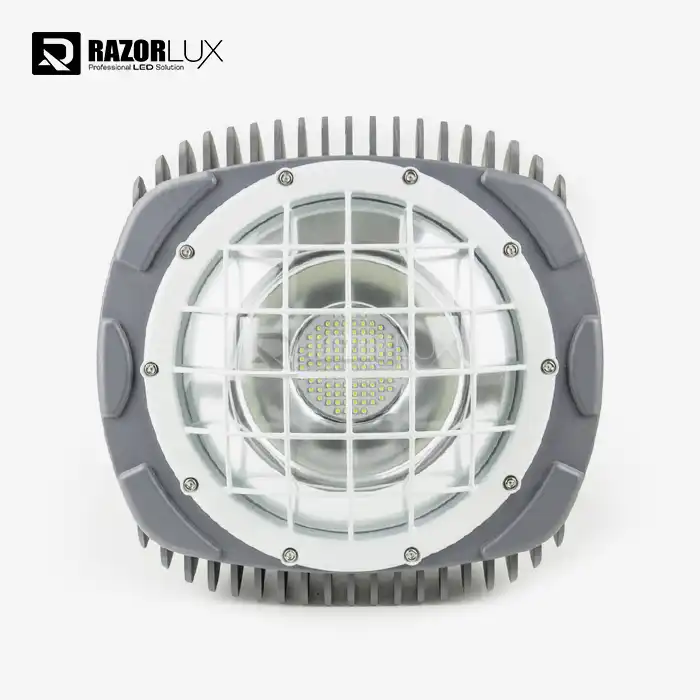 VIEW MOREMarine Led Spotlights For Boats
VIEW MOREMarine Led Spotlights For Boats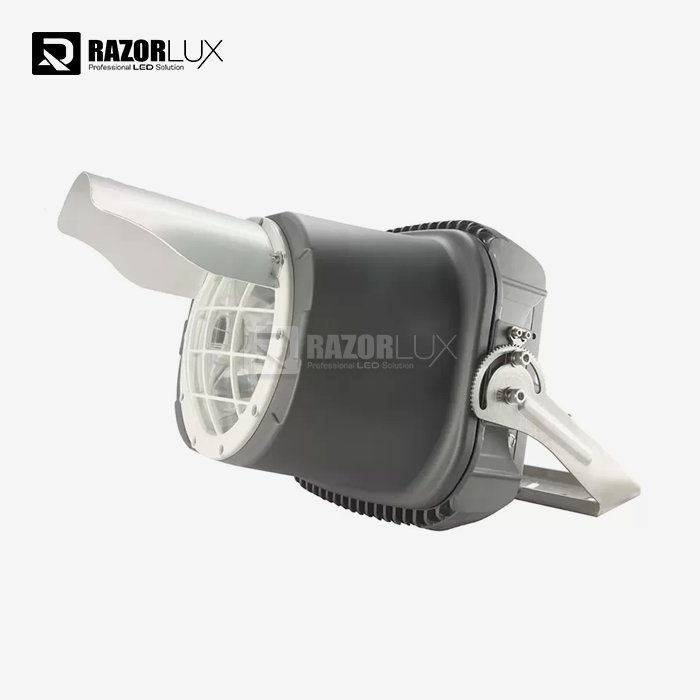 VIEW MORERoHS Waterproof Garden Led Light 48000lm Solar Powered Security Lights
VIEW MORERoHS Waterproof Garden Led Light 48000lm Solar Powered Security Lights VIEW MORERoHS High Bay Led Lighting Industry Shop 150 Watt High Luminous
VIEW MORERoHS High Bay Led Lighting Industry Shop 150 Watt High Luminous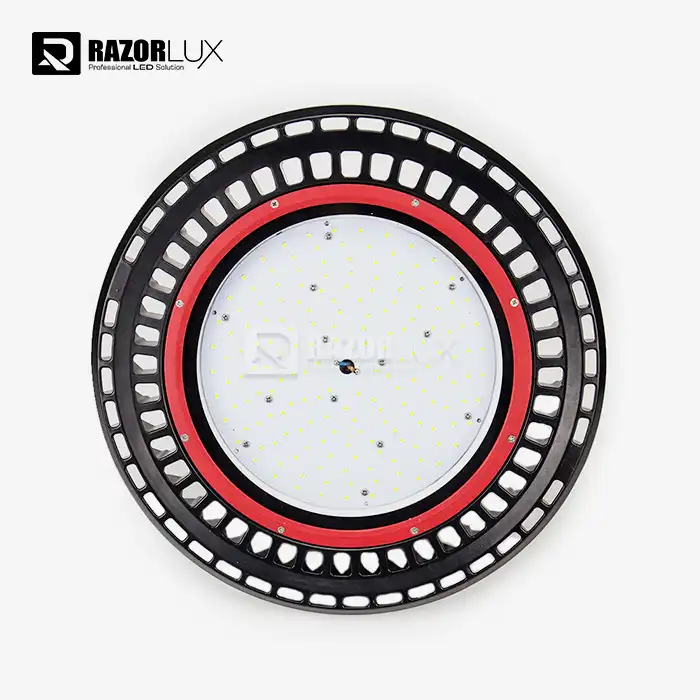 VIEW MOREUfo Led High Bay Light 200W
VIEW MOREUfo Led High Bay Light 200W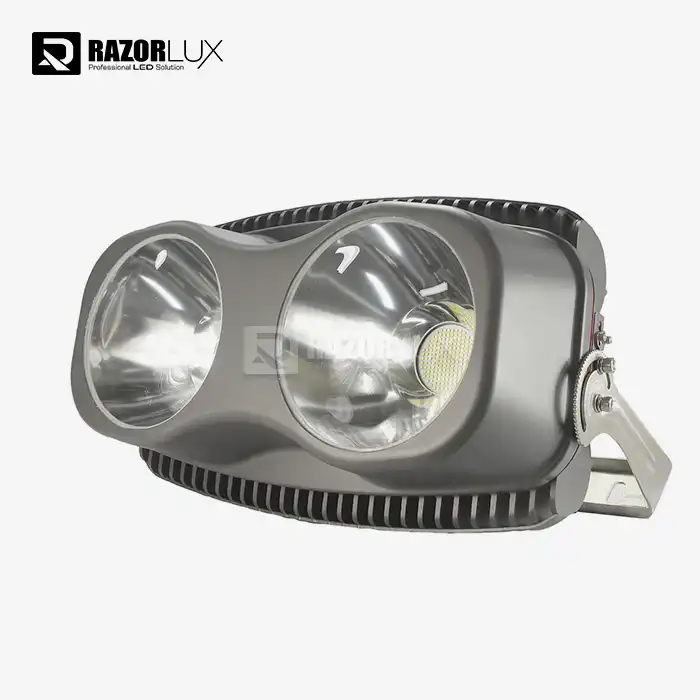 VIEW MORECricket Stadium Led Lights
VIEW MORECricket Stadium Led Lights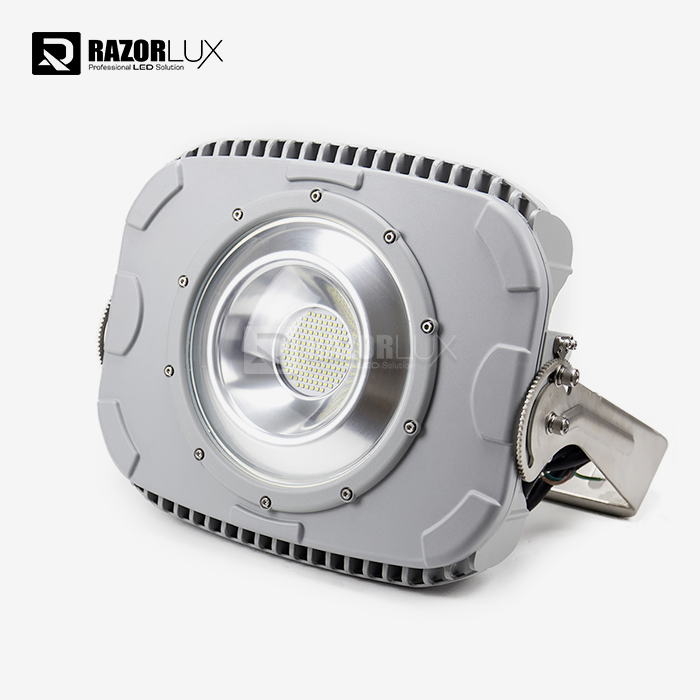 VIEW MORE500W Led Floodlight
VIEW MORE500W Led Floodlight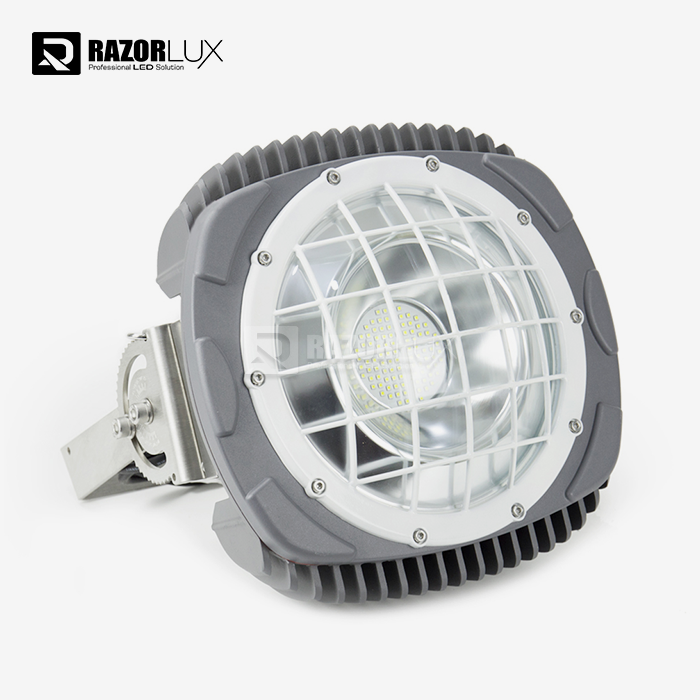 VIEW MOREExterior Led Floodlights
VIEW MOREExterior Led Floodlights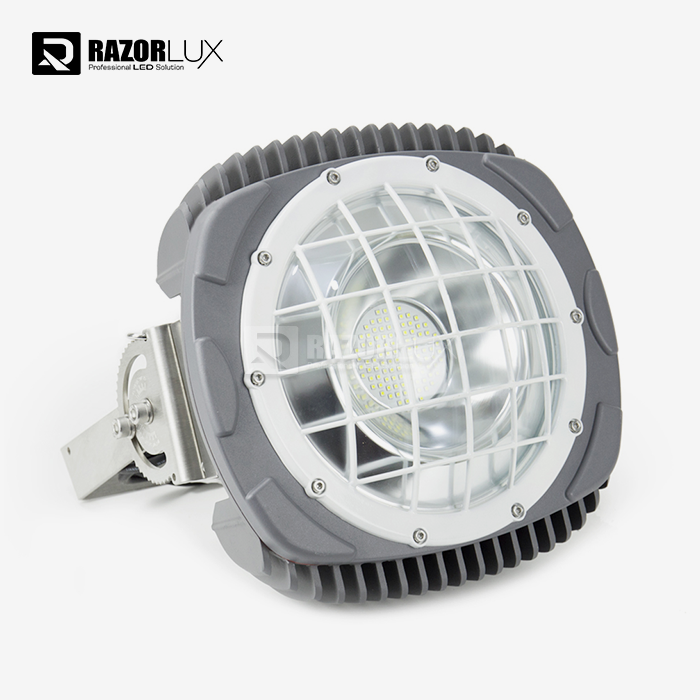 VIEW MORETennis Floodlights
VIEW MORETennis Floodlights

_1750326878398.png)

